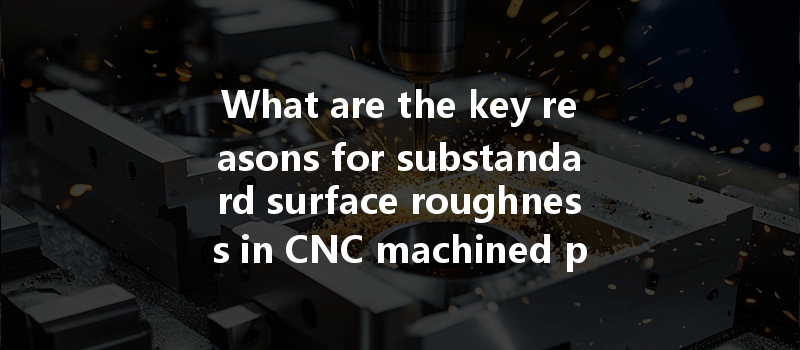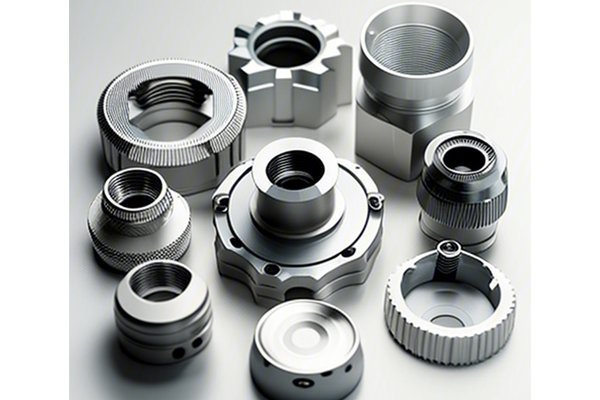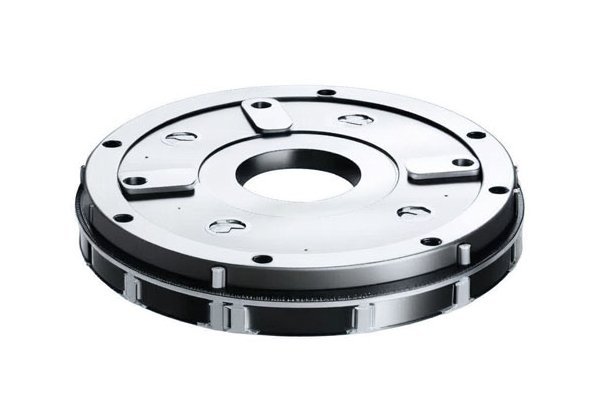Did you know that nearly 80% of manufacturing costs can be traced back to the quality of the surface finish of machined parts? For industries ranging from aerospace to medical device manufacturing, the surface quality of CNC machined components is paramount. An acceptable surface finish is not just about aesthetics; it directly impacts performance, durability, and the longevity of the part in its intended application. But when surface roughness falls below required standards, it becomes critical to investigate the underlying reasons and implement precise strategies for improvement.
Understanding Surface Roughness
Surface roughness is quantified by the irregularities on a surface, which are generally a result of the machining process. It is measured using various parameters, with Ra (average roughness) being the most common. Several factors influence the surface roughness of CNC machined parts, including tooling, cutting conditions, material type, and machine calibration.
For instance, a Ra value of 0.1 to 0.5 micrometers is typically required for parts used in precision applications, while more standard applications might need an Ra of 1.6 to 3.2 micrometers. Understanding the specifications for the intended use of a part is the first crucial step in ensuring the required surface finish is achieved.
Causes of Substandard Surface Roughness
Identifying the reasons behind substandard surface roughness is a multi-faceted challenge. Here are some common contributors:
Solutions to Improve Surface Roughness

Advanced Technologies for Surface Finish Improvement
In modern manufacturing, high-tech solutions offer promising alternatives for achieving superior surface finishes:
Achieving the desired surface finish in CNC machined parts is not simply an afterthought; it is an integral aspect that can significantly influence product performance and operational costs. Understanding the multifaceted causes of substandard surface roughness allows manufacturers to implement effective solutions — from selecting the right tools and optimizing machining parameters to embracing advanced technologies for consistent quality.
As competition in the manufacturing sector continues to intensify, maintaining high standards for surface finish is vital for success and innovation. By honing in on these critical processes and solutions, manufacturers can not only enhance product quality but also gain a valuable edge in their respective industries. In this ever-evolving field, keeping up with best practices and advancements will remain essential for those aiming to flourish in CNC machining.
Why Is This Important? The considerations and actions discussed in this blog are crucial for ensuring that CNC machined parts meet quality standards and perform reliably in their applications. As you reflect on these insights, remember that every small detail in manufacturing can significantly affect both the present and future performance of your products.






